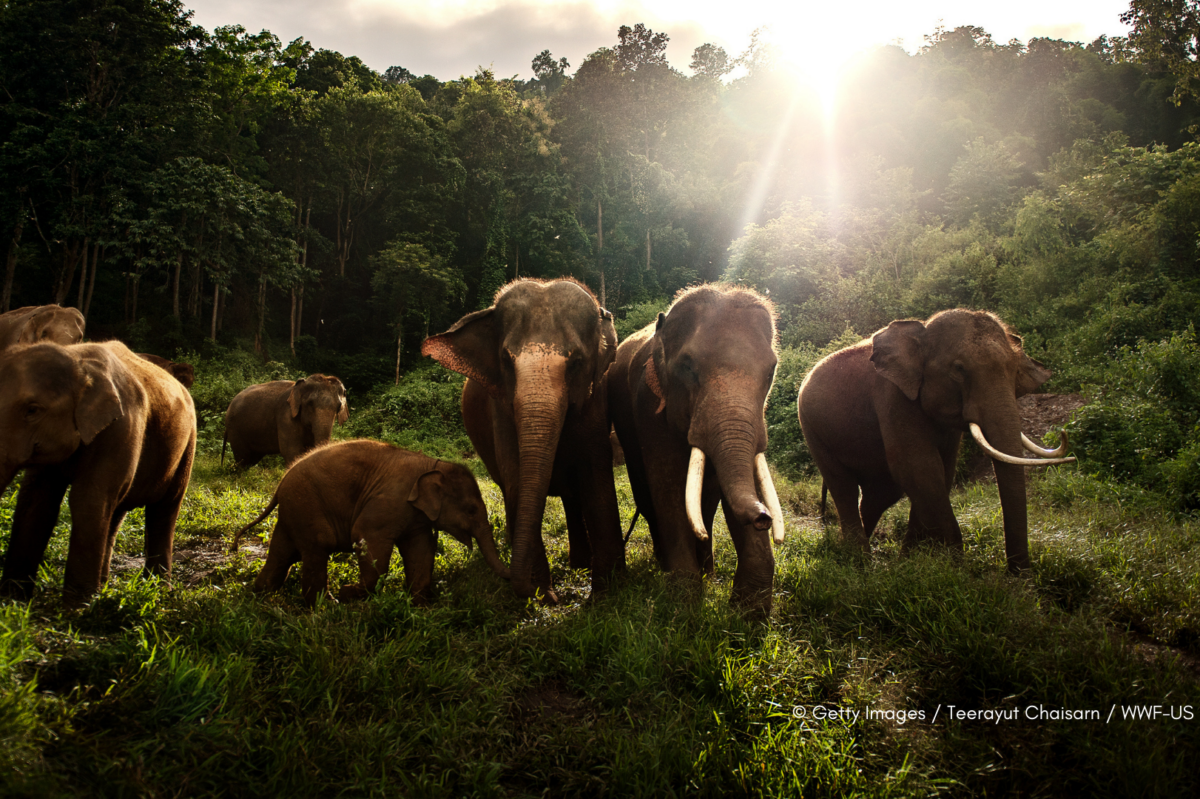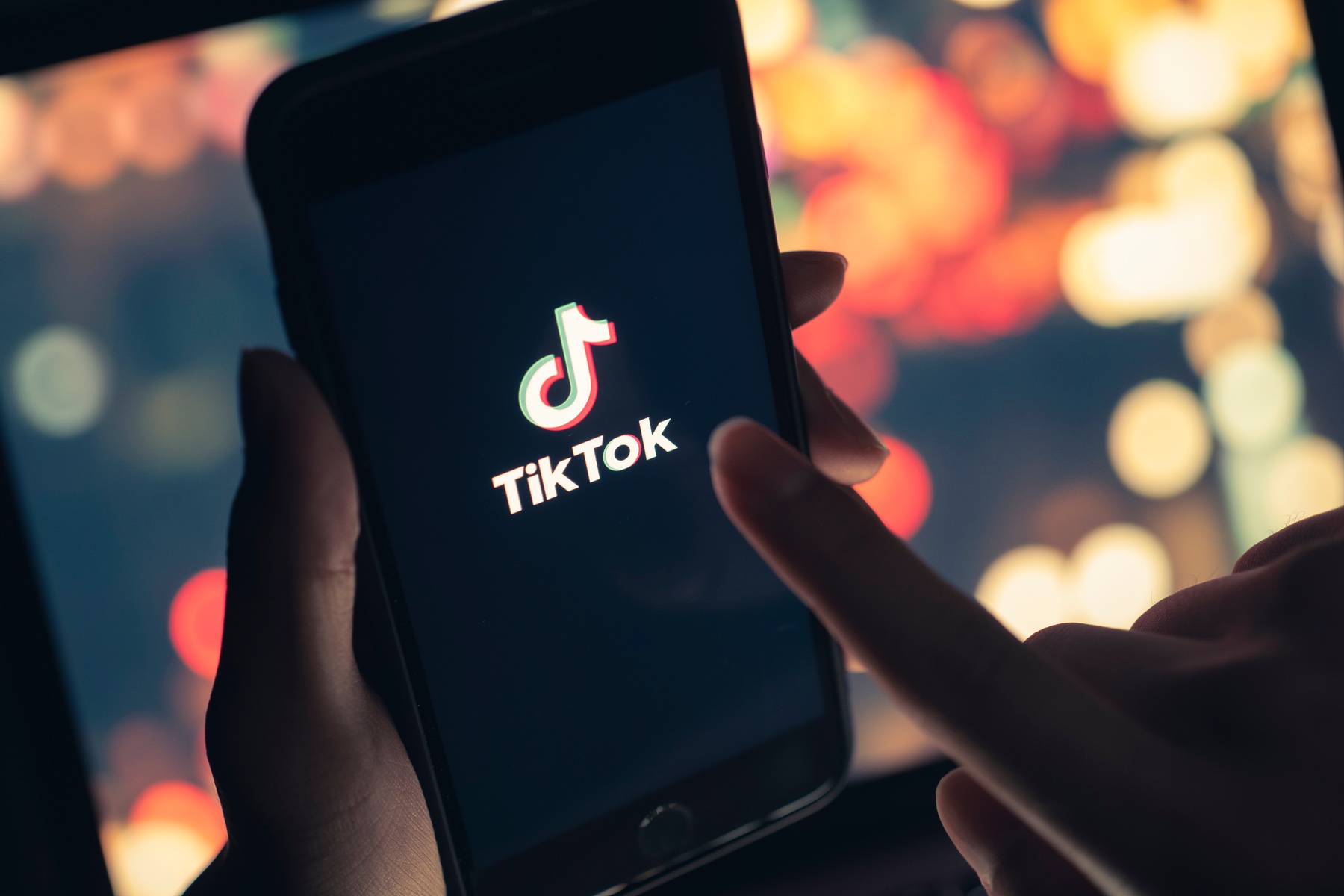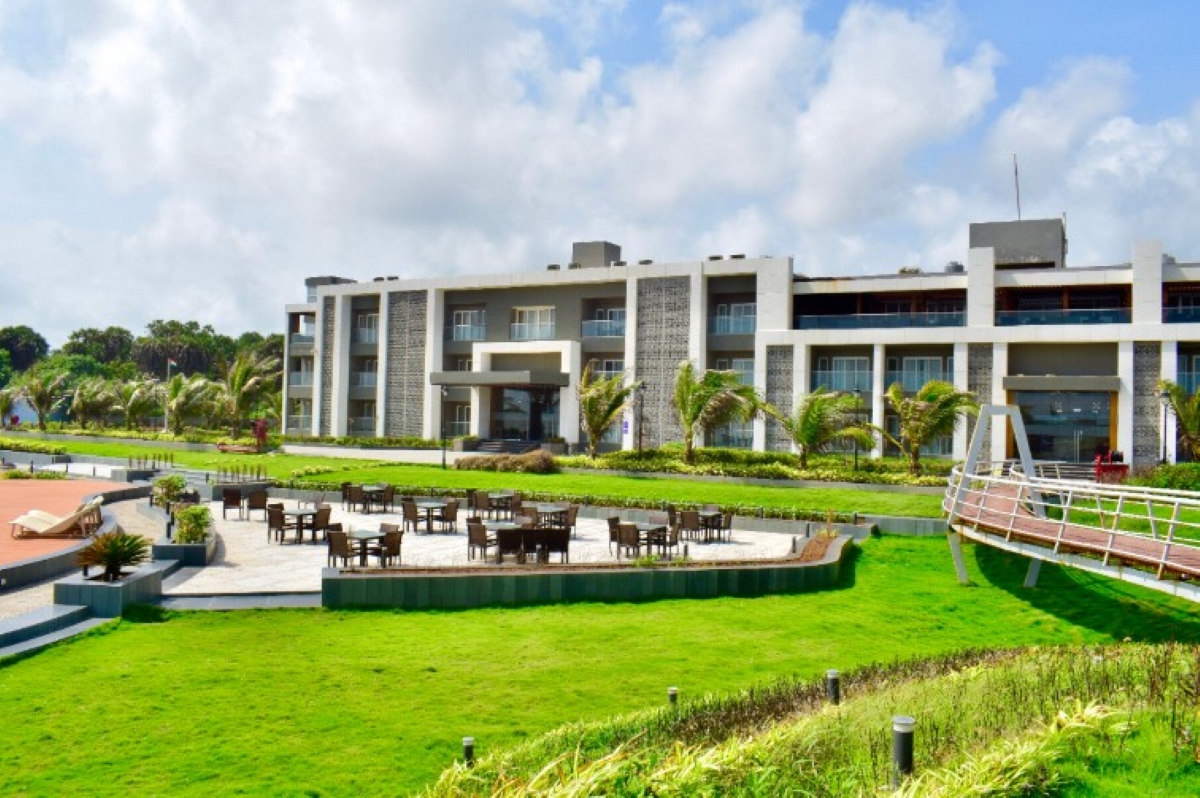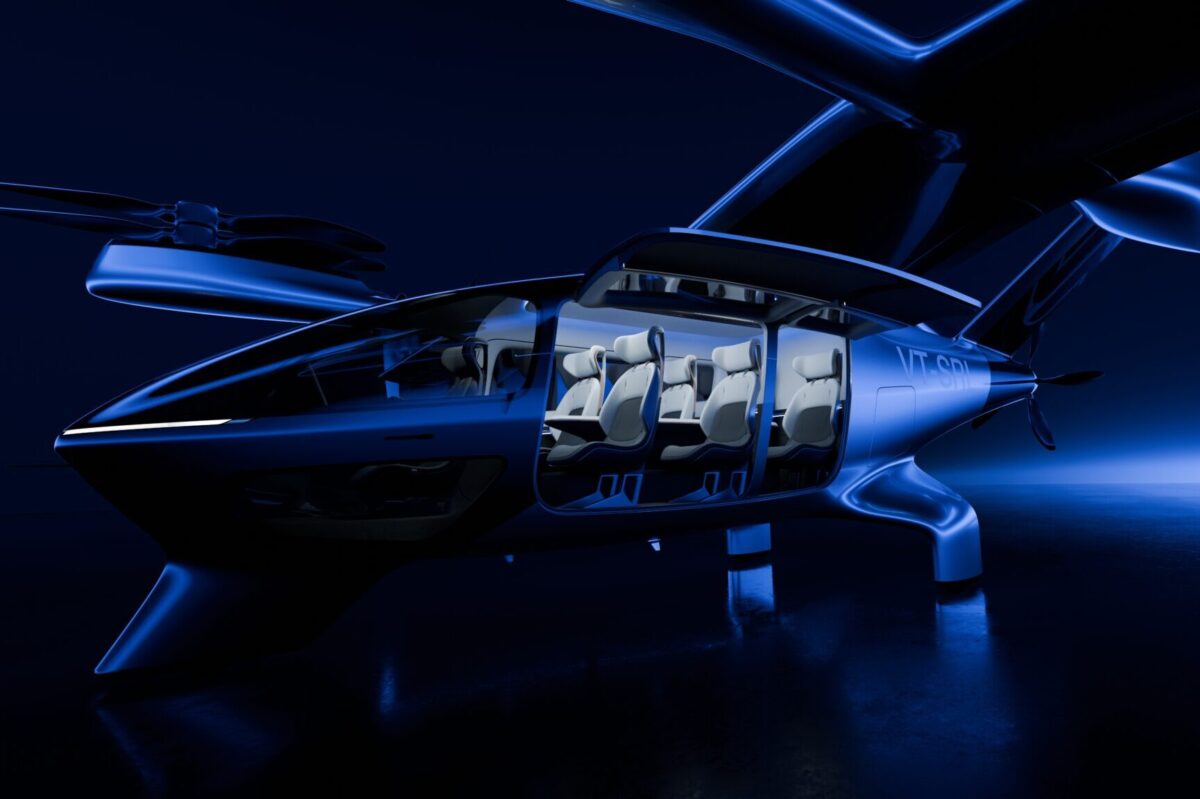Travel Brands Experiment With Virtual Reality as Consumer Adoption Lags
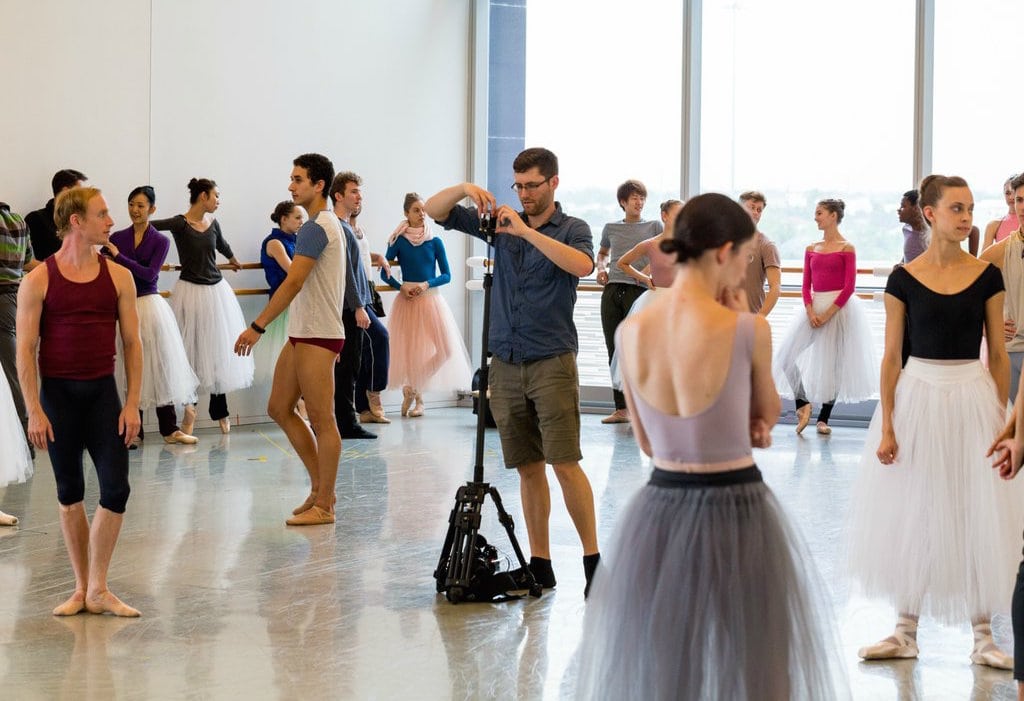
Skift Take
Interest in virtual reality (VR) content is surging in hospitality and tourism in 2016, even though very few travelers have access to quality VR equipment.
That is anticipated to change over the next few years as headset prices decrease and the volume and variety of VR content increases. More consumer awareness will also spur demand as more people experiment with the technology. Presently, according to a Marketing Week poll last month, 43 percent of men and 50 percent of women “can’t see any practical use in VR.”
For those people who are interested, also according to the same poll, travel is the most preferred type of VR content that they want to consume
Among the companies leading the development of immersive video in the travel sector, YouVisit and Matterport are developing new virtual reality and 360-degree/3D video platforms for travel brands targeting both leisure travelers and conference planners.
For people without a VR headset, 360-degree videos and 3D immersion videos work on any mobile and desktop device. With those interactive content formats, viewers can move through the video in any direction, side-to-side and up-and-down, to explore the entire scene in a self-directed manner by scrolling over the video frame.
The 360/3D experiences are produced with the same cameras that create VR content, using multiple lenses facing different directions to take thousands of photos simultaneously, which are then stitched together with VR software. Some brands are launching both formats, while others are publishing 360/3D videos with plans to convert them into VR in the future as adoption rates grow among consumers.
Las Vegas Convention & Visitors Authority, for example, launched both VR and 360 videos through its Vegas VR app in March 2016. To date, IOS and Android versions have been downloaded 4,114 and 3,311 times, respectively. The 360 videos were also posted on Facebook, which have received over seven million views so far. The same videos hosted on YouTube have over one million views.
From a creative standpoint, the bulk of these new immersive video formats are still fairly basic for the most part. The gold standard of VR storytelling looks something like the short film, "Displaced," produced by The New York Times and Vr.se Works, which won big at the Cannes Lion International Festival last month.
The best VR filmmaking utilizes the entire panoramic field to incorporate more scenery and more characters fluidly into the narrative. Today, most VR content in travel is fairly static, often simply leveraging beautiful and/or colorful imagery for its own sake. Although, it's exciting to think what's possible as the scope of travel VR content development matures, and more brands appreciate the potential of the media.
"There is a lot of bad VR being created out in the world right now," Abi Mandelbaum, CEO of YouVisit, told Skift. "People are shooting video like they have always done traditionally, but now they're making it 360 and calling it new. That was fun at the beginning, in the sense that it was new, but we're learning now you have to rethink a lot of elements of storytelling given this new medium."
YouVisit Travel VR
YouVisit works with tourism bureaus, hotel chains, and cruise companies to provide VR, 360-degree video, and 360-degree photography platforms that the travel brands can embed in their websites and social media.
Sample VR/360 content includes a music video of singer Lindsay Bloom produced for Starwood Hotels, and this video showing behind the scenes of Mercedes Benz Fashion Week Russia 2016.
Explaining the company's creative philosophy behind VR/360 content creation, Mandelbaum said, "It's about thinking of the camera as an actual person rather than thinking of it just as a lens capturing what's around you. Destinations, hotels, cruise lines, and special events want to give you a taste of what you're able to experience if you were actually there, and VR offers a way to do that better than any other platform."
He added that YouVisit clients have on average seen a 13.3 percent conversion rate from their virtual experiences, and 15.5 million consumers have viewed YouVisit content. YouVisit declined to share any specific viewership data of individual travel or event-related projects.
The content for the Mercedes Benz event packages one overview video that places the viewer in the heart of the fashion show, along with 360-degree photos of models wearing the different designers. In the video, the viewer can navigate toward specific preferred perspectives of the fashion show.
Furthermore, the actual dresses in the 360-degree fashion photo series each link to the different designer websites, integrating an e-commerce solution that travel brands could adopt as well.
"You're in control of the video and when you see something that interests you in particular, you're able to control the experience and explore different aspects in more detail," said Mandelbaum. "Our average time spent on our virtual experiences is over 10 minutes, which of course is an eternity online."
Launched last week, the new Visit Houston travel planning platform also incorporates the same package portfolio of one 360-degree video, supplemented with nine 360-degree panoramic photos exploring city attractions from Minute Maid Park to NASA Space Center Houston. For convention attendees, there are seven 360-degree panoramas highlighting Hilton Americas Houston and the George R. Brown Convention Center.
"I have three sons ages 11 to 16 and they are constantly on their phones," said Mike Waterman, president of Visit Houston. "Our thinking was if Visit Houston can capture the amazing and unique attractions in and around our city in a way that will capture the attention of viewers like them, we can get people interested in viewing our content and ultimately come explore Houston in person."
YouVisit developed a similar collection of immersive content for the Carnival Breeze cruise ship, and it's presently designing another for West Hollywood CVB.
Matterport VR & 3D Immersion
Originally founded to produce super hi-resolution, 3D walkthrough experiences for upscale residential sales efforts, Matterport expanded operations into the tourism, hospitality, and events sectors about a year ago.
Bill Brown, CEO of Matterport, emphasized that his platform is designed to deliver "3D immersion experiences" versus the 360-degree video format. The reason for that is because viewers can point to specific areas inside the imagery and jump directly to that spot, where they can then move around the content in 360 degrees from one spot.
That provides a greater volume of space for VR content developers to create more content around, rather than being confined to smaller areas in larger properties and venues. For a good example of that, explore the Henry Ford Museum in Detroit and navigate up the steps into the original Rosa Parks bus.
"We recreate three-dimensional copies of spaces that people can walk through how they want to, instead of being just a linear passenger in 360-degree videos," said Brown. "With 360 video, it is a passive, lean-back experience, whereas 3D immersion is more lean-forward."
More sample clients include Princess Cruises, which embedded a 360-degree video of a balcony stateroom here; Wyndham Vacation Rentals, with a sample luxury log cabin rental; and Vacasa, which uses Matterport to showcase luxury villas. The Associated Press also used Matterport to embed 3D tours of upscale suites at Four Seasons New York, Singapore Airlines, and the Queen Mary 2.
Moving forward, Matterport is converting more and more of its content into virtual reality experiences due to growing demand. The company's 3D gallery shows VR videos for cultural venues ranging from aircraft carrier tours to railroad museums.
Brown said, "Matterport is a solution to future proof our clients' content," because they can invest in 3D products now and convert to VR later. Although, he added that VR consumption really needs to scale into tens of millions of viewers with VR headsets, versus millions of viewers, before it's worth developing VR-specific content for many of his clients.
The company specifically sees opportunity in the meetings and events sector, because meeting planners are always tasked with making venue decisions with limited information when they can't participate in physical site visits.
Presently, Matterport works with companies like Snap Events in France, the iVvy Events Marketplace in Australia, and the Kapow events and group experience rental platform in the U.S.
"People are already making decisions about where to host business events based on online photos alone," he said. "This gives planners a heightened confidence because there's a reduction of mismatched expectations when you can explore a space with this much detail."
Although unconfirmed, Brown claims that Matterport 3D experiences drive 4.5 times higher engagement in terms of time-on-site, versus standard photography.
He also said the company will be working with VR photographers more in the coming year to begin filming attractions like museums and farmer's markets around hotels and travel destinations to deliver a larger content inventory to clients.

